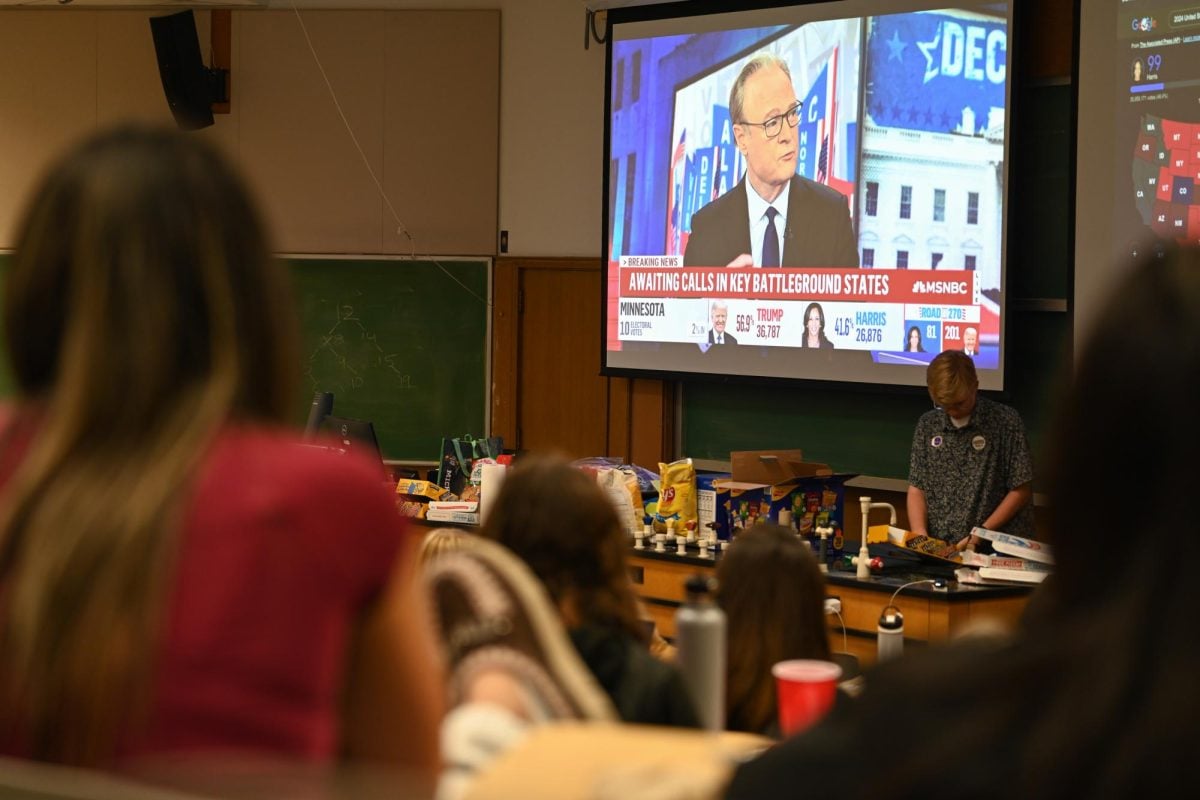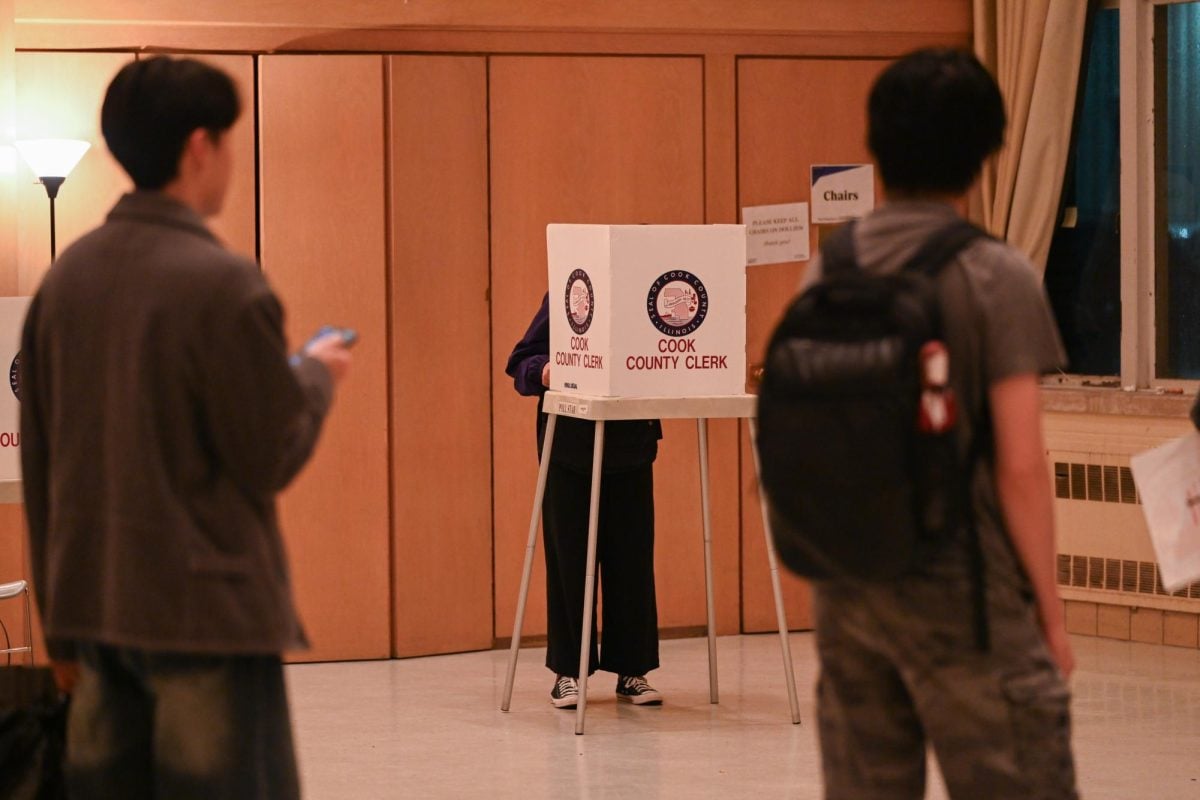Northwestern’s Department of Art Theory and Practice will potentially supplement its program next year by offering an art minor.
Art professor and Department Chair Lane Relyea said there has always been high student demand for larger art classes and an art minor. To accommodate students who are interested in the introductory courses in painting, drawing and sculpture, the department is hoping to expand the class range and size. The art minor, however, is intended for students with specialized interests in art.
“The minor would be different because the new surge in interest is not the same as the age-old, heavy demand for painting and drawing classes. That’s been going on for decades,” Relyea said. “The new demand is coming from RTVF majors and the (Segal Design Institute) in McCormick.”
Because of the crossover in the two fields, many engineering students are interested in taking basic art courses as well as specialized design courses available only in the art department.
“Design is a multi-disciplinarian field, and art could really complement engineering studies,” Segal Prof. Bruce Ankenman said. “But there are Segal courses that could benefit art students too, like industrial design.”
The design institute in McCormick offers a certificate program called the “Certificate in Engineering Design,” but Ankenman said only two Weinberg students have ever participated. One of the two, Weinberg junior Taylor Reynolds, said she tried to create her own design and art ad hoc major, but because she did not find a faculty member with expertise in both fields, her plans fell through. Currently Reynolds is an English major and is still working toward the engineering design certificate.
“I was trying to get the ad hoc major, but it wasn’t successful, so now I’m pursuing it from a different angle – the art minor,” said Reynolds, who has been advocating for the creation of an art minor. “I want to round out my background in design through art because I know art pays really close attention to form, and that’s something that I think is really important to design.”
The earliest possible time the art minor would open to students is the 2013-2014 school year, Relyea said, but its development is still in a preliminary stage. In spite of the student demand, some faculty do not fully support the initiative, Relyea said.
“We had a meeting last Tuesday, and part of the reason why we’re cautious is because we want to protect the educational experience for the art majors,” Relyea said.
Faculty discussed requiring students to select a focus to remedy this issue, Relyea said. Instead of having a list of mandatory courses for the minor, the program would implement only three mandatory courses, and the rest would be completed after consultation with a faculty adviser.
Although the art minor might attract students with a vague interest in art, it could also generate greater artistic involvement on campus. Madeline Amos, an art major and editor in chief of Northwestern Art Review, said this would be the minor program’s biggest advantage.
“If the department tailors the art minor to incorporate not only studio classes but also classes on theory, then I am open to it and I think that’d be a great opportunity for students,” the Weinberg junior said. “That would make a more legitimate minor.”
In the past 10 years, the art department has drastically changed in terms of faculty and expertise. Although the size of the department has stayed consistent, Relyea said, the employment of new faculty members reflect the changes in the world of contemporary art.
Artist Michael Rakowitz is among the newer faculty members with expertise in contemporary art. Rakowitz’s work will be featured in DOCUMENTA (13), a global contemporary art exhibition seen as the most prestigious of its kind.
“Because of our new internationally acclaimed faculty members like Rakowitz, art could be an area of distinction at Northwestern,” Relyea said. “And ultimately for the minor, we want to focus on the student experience. We want to build it up from actual student demand, from the bottom up.”






